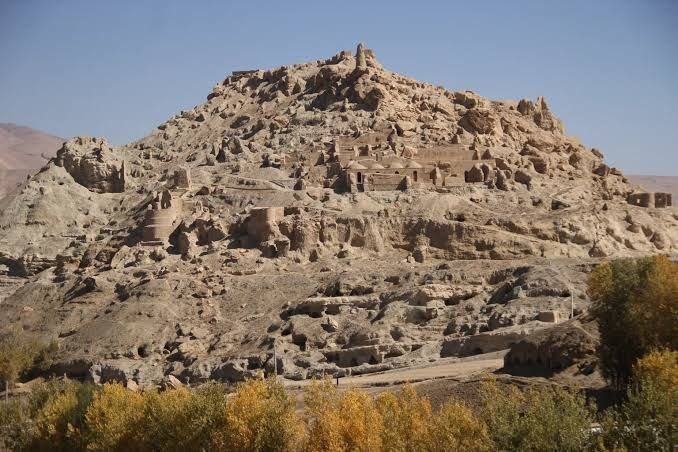RASC News Agency: The Taliban’s Directorate of Information and Culture in Bamiyan has announced a collaboration with UNESCO to undertake the restoration and rehabilitation of sections of the historic city of Ghulgula in the coming year. Sayed Mustafa Saleh, head of the directorate, stated that Ghulgula, one of Afghanistan’s (Khorasan’s) most significant historical landmarks, was inscribed on the UNESCO World Heritage List in 2012. Recognizing its immense historical and cultural value, the Bamiyan Directorate of Information and Culture, in partnership with UNESCO, plans to implement a series of conservation efforts aimed at safeguarding the ancient city’s structural integrity. Saleh emphasized, “The restoration of Ghulgula will not only preserve our cultural identity but also serve as a catalyst for tourism, contributing to local economic revitalization.”
Dating back to the 10th and 11th centuries, Ghulgula was a vital strategic stronghold, serving as a center of power for the Sassanids, Khwarazmshahs, and Ghurids. Historians recount that in 1221 CE (618 AH), Genghis Khan’s Mongol armies laid waste to the city, massacring its inhabitants in a brutal siege. The city’s name, Ghulgula, is said to have originated from the clamor and cries that filled the air during the Mongol onslaught. Despite centuries of decay, remnants of Ghulgula’s architectural grandeur endure. Among the surviving structures are segments of the Great Mosque, perched on the southern slope of the hill, which once accommodated approximately 200 worshippers; portions of the watchtower; and underground chambers, all of which have remarkably withstood the ravages of time.
Though much of Ghulgula lies in ruins, its scorched walls, collapsed watchtowers, sophisticated ancient construction techniques, and labyrinthine passageways continue to captivate visitors, offering a haunting yet mesmerizing glimpse into the remnants of a once-magnificent civilization that bore witness to both power and destruction.






